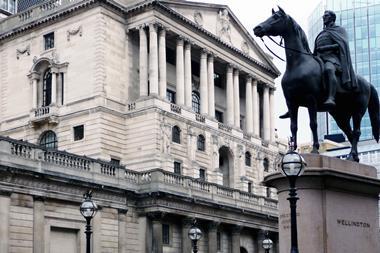Non-food and online retail sales have fallen in the month of June as the cost-of-living crisis continues for customers

Retail sales by total volume fell by 0.1% in June, following a 0.8% fall in May, according to the latest retail sales data from the Office for National Statistics (ONS).
While food sales jumped 1.2% in the period, non-food sales were down 0.7% and online sales dipped 3.7%.
By volume, non-food store sales were dragged down by a 4.7% drop in clothing and a 3.7% fall in homewares sales respectively as customers cut back on discretionary spending in these areas due to the worsening cost-of-living crisis.
The proportion of retail sales online fell to 25.3% in June, its lowest proportion since March 2020 (22.8%), continuing a broad downward trend since its peak in February 2021 (37.4%).
Despite the fall, the proportion of total online retail sales remains substantially above its pre-pandemic February 2019 peak of 19.7%.
While sales volumes were down, values for the period, unadjusted by price, were up 1.6% following a 0.6% jump in May.
When compared with the pre-Covid level in February 2020, total retail sales were 2.2% and 14.4% higher in volume and value terms, respectively. The period also covers the platinum jubilee bank holiday, which will have boosted food sales.
Commenting on the ONS data, British Retail Consortium chief executive Helen Dickinson warned of “hard days ahead” for both retailers and consumers.
“The cost-of-living crunch caused by record inflation continues to damage consumer confidence and stifle household spending. Discretionary spending and bigger purchases were put off as consumers become increasingly concerned about the future. As a result, furniture sales and white goods were particularly hard hit, while food sales held up a little better,” she said.
“Retailers are squeezed between higher costs and weaker demand, resulting in the most challenging trading period since the start of the pandemic. Retailers are playing their part to help households by absorbing as many of these costs as possible, expanding their value ranges and offering discounts for some vulnerable groups.
“With the government consultation on the design of the transitional relief scheme for 2023 ending today, there is a clear opportunity to remove some of the burden on retailers that limits their ability to absorb more of the incoming costs.”
























No comments yet